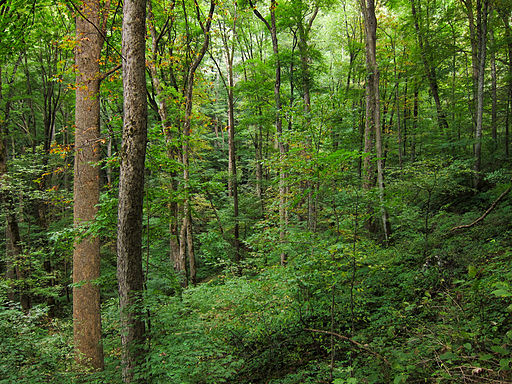Forest vs Jungle
Many people find the terms forest and jungle confusing, which may lead to the question of whether they are synonyms or if they have different meanings. Can the word jungle be used in every instance where forest is used? This article aims to clear any misunderstandings by explaining the differences between the two terms. Although the word jungle is sometimes used to describe a forested area, it is more commonly used when describing a geographical area in Asia or Africa rather than Europe or America. Some people believe that differences between the two terms may be due to differences in weather conditions and natural vegetation.
Key Takeaways
- A forest generally means any wooded land and is present in both equatorial and tropical climatic zones, containing all types of trees, and found in all regions that are capable of sustaining tree growth.
- The word jungle, derived from Hindi and originally from Sanskrit, is more often used when describing a geographical area in Asia or Africa and mainly refers to a type of tropical rainforest that is smaller and denser than a forest.
- While both terms are used for similar geographical areas covered with trees and bushes, jungle is a type of rainforest and is smaller than a forest, and the word jungle has its origin in the Hindi language whereas forest is the original English word.
What is a Forest?
A forest refers to any wooded land and can be found in both equatorial and tropical climatic zones. Forests contain various types of trees, but not many varieties of trees are found in a single forest. Forests cover large areas, have a high density of trees, and can be penetrated. They can be boreal, rainforest, or tropical forests. The Oxford English Dictionary defines a forest as “a large area covered chiefly with trees and undergrowth.”
What is a Jungle?
The word jungle has been derived from the Hindi language, where it means forests. The actual origin of the word can be traced back to the Sanskrit word ‘jangala.’ The word became popular and was incorporated into the English language after Rudyard Kipling immortalized the character of jungle boy Mowgli in his novel Jungle Book. Many Hindi words have found their way into English dictionaries, such as pajamas, bungalow, thug, juggernaut, pundit, and so on, as a result of cross-cultural absorption.
Jungles are present in both tropical and equatorial climatic conditions and mainly consist of young trees and dense bushes. They are impenetrable in the sense that even sunlight cannot penetrate them properly. Jungles are smaller than forests and are mainly found at the edges of forests. A jungle is primarily a type of tropical rainforest. According to the Oxford English Dictionary, a jungle is “an area of land overgrown with dense forest and tangled vegetation, typically in the tropics.”
What is the difference between Forest and Jungle?
- Jungle and forest are used for similar geographical areas covered with trees and bushes.
- Jungle comes from the Hindi language, while forest is the original English word.
- Jungle is a type of rainforest and is smaller than a forest.
